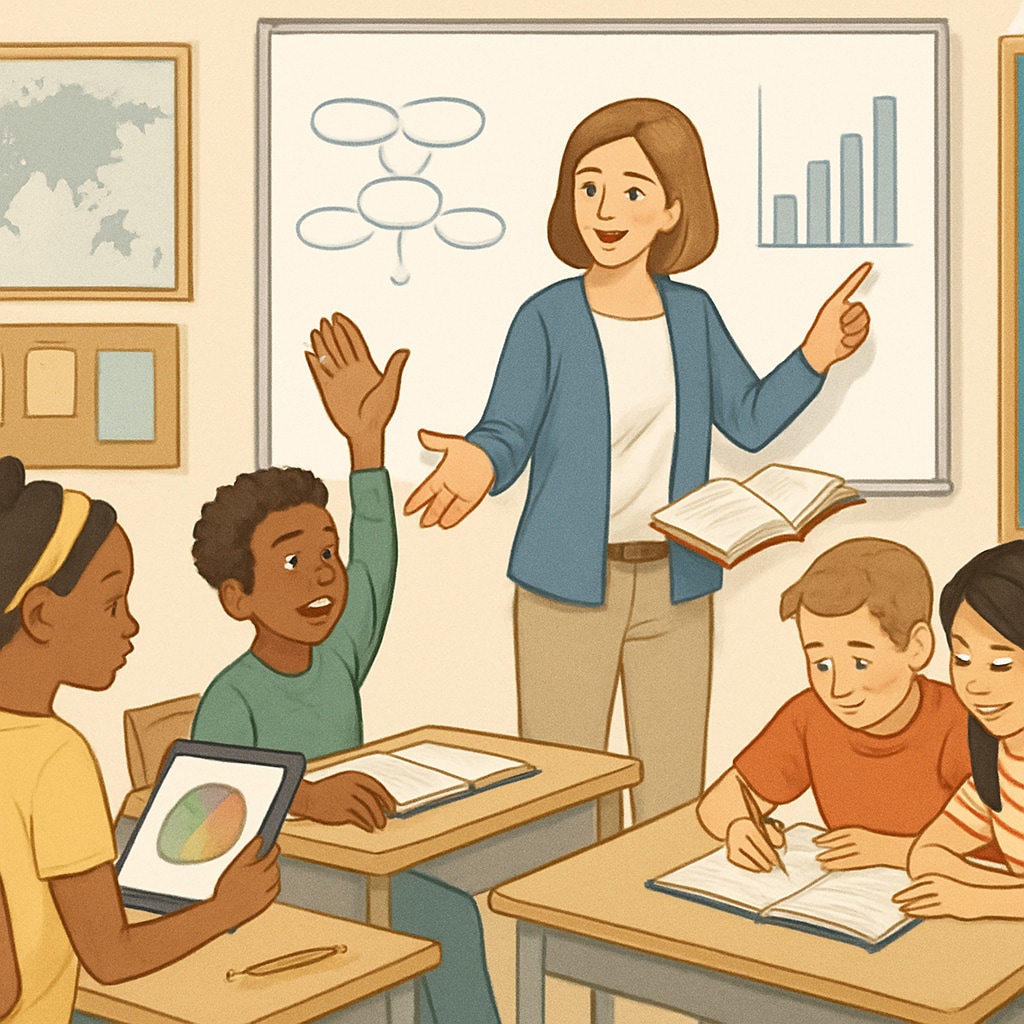In K12 education, grades often dominate as the primary measure of student achievement. While convenient, relying solely on grades for educational assessment has its limitations. This article delves into the drawbacks of this approach, highlighting its impact on holistic student development and exploring solutions such as real-time learning tracking and diversified assessment models.
The Limitations of Grades as Learning Metrics
Grades simplify complex learning outcomes into a single number or letter, which can distort the true picture of a student’s abilities. For example, a “B” in mathematics may not reflect the student’s creative problem-solving skills or their persistence in tackling challenging concepts. Furthermore, grades often prioritize rote memorization over critical thinking, collaboration, and emotional intelligence—skills essential for success in the modern world.
Additionally, overemphasis on grades can lead to unhealthy competition among students, increased stress, and a narrow focus on test-taking skills. As a result, education becomes less about actual learning and more about performance metrics. According to Wikipedia’s overview of educational assessment, grades are often criticized for failing to account for various types of intelligence and learning styles.

Exploring Diversified Assessment Models
To address these limitations, educators are increasingly exploring diversified assessment models. These systems aim to evaluate students across multiple dimensions, including creativity, teamwork, and emotional resilience. Diversified assessments might include portfolios showcasing a student’s work, peer reviews, or teacher observations of in-class participation.
For example, Finland—a country renowned for its education system—places minimal emphasis on standardized testing, instead prioritizing teacher-led assessments and student self-reflection. As Britannica’s article on education systems notes, this approach fosters a more inclusive and comprehensive evaluation of student progress.

The Role of Real-Time Learning Tracking
Real-time learning tracking offers another promising solution. By leveraging technology, educators can monitor student progress continuously rather than relying on periodic tests. For instance, digital platforms can track how students interact with course materials, identify areas where they struggle, and provide instant feedback. This dynamic approach allows teachers to adjust instruction based on individual needs, making learning more personalized and effective.
Moreover, real-time tracking reduces the pressure associated with traditional grading systems. Students can focus on mastering concepts rather than worrying about how they’ll perform on a single exam. This fosters a growth mindset, encouraging them to view learning as an ongoing process rather than a finite goal.
Conclusion: Moving Beyond Grades
Grades, while useful for quick evaluations, fail to capture the multifaceted nature of learning. By adopting diversified assessment models and real-time tracking systems, educators can create a more inclusive and effective learning environment. These approaches not only provide a clearer picture of student progress but also nurture skills essential for lifelong success.
As education evolves, it’s crucial to prioritize methods that value holistic development over numerical scores. By doing so, we can empower students to thrive in both academics and life.
Readability guidance: This article uses short paragraphs and lists to summarize key points. It maintains an active voice and avoids overused jargon. Transitions like “however” and “for example” ensure smooth reading flow, while external links provide credible references.


